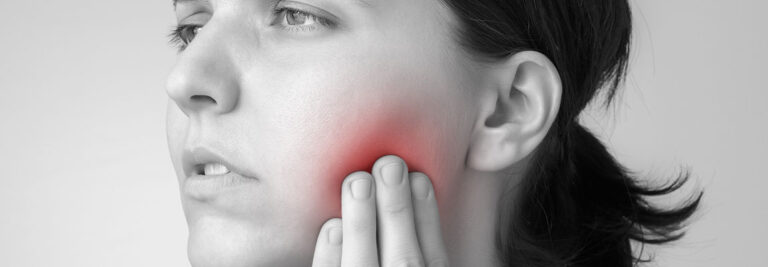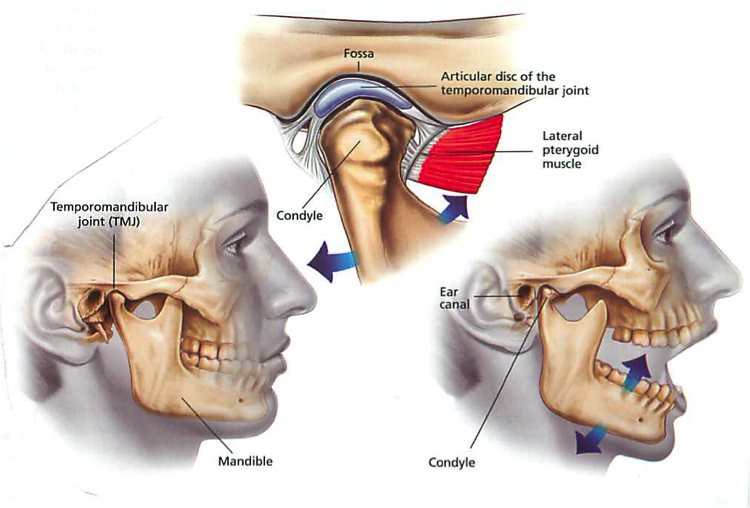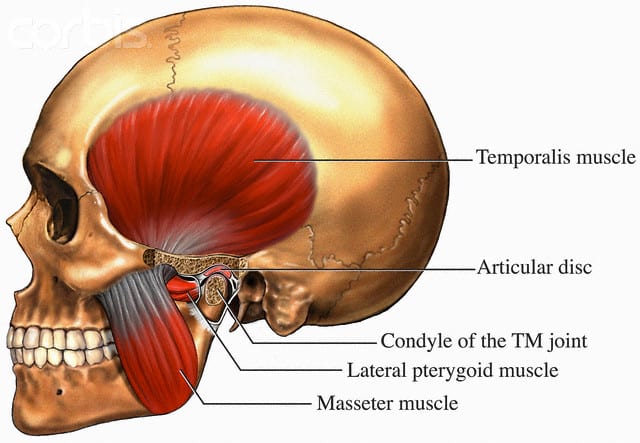
After a dental procedure gone awry [crown > dislocated jaw] my bite was crooked, my face hurt, my ear was tingling and it was challenging to eat. After a series of therapy sessions my smile has returned, symmetrically! The pain is gone. Food is once again delightful! Thank you Dr. Seo!
Pamela H.
What is Temporal Mandibular Disorder and Craniofacial Pain?

Did you know that about 75% of the US population experience symptoms of Temporal Mandibular Disorder (TMD) and Craniofacial Pain (CFP)? Fortunately, in most cases, symptoms will go away; but 10-15% of the population will have chronic pain and will require professional treatment. TMD and CFP involved more than a single symptom and involves multiple cause. The pain may arise suddenly or progress over a period of months to years with intermittent frequency and intensity. The most successful and scientifically supported treatment consists of conservative therapy, which shows that over 50% of TMD patients have few or no symptoms.
Symptoms of TMD and CFP
• Headaches
• Pain behind the eyes or blurring of vision
• Unexplained tooth pain
• Earaches, congestion or ringing in ears
• Clicking, popping or grating sound in the jaw
• Limited opening or locking of the jaw
• Dizziness
• Pain with chewing
• Facial pain and/or numbness of face and head
• Neck and/or throat pain
• Difficulty in closing the teeth together
Temporomandibular joint (TMJ) Explained
The TMJ is a “loose-fitting”, rotating and sliding joint with a fibrocartilage covered, football shaped ball (condyle), fibrous pad (disc), fibrocartilage lined socket (fossa), ligaments, tendons, blood vessels, and nerves. The fibrous pad/disc functions as a moving shock absorber and stabilizer between the condyle and fossa. As the jaw opens, the condyle rotates and slides forward with the disc.

Muscles of Mastication
Muscles of mastication (jaw muscles) connect the mandible (lower jaw) to the maxillae (upper jaw), skull, and neck. These muscles open close, protrude, and move the jaw side to side, enabling you to talk, chew, and swallow. The supporting muscles of muscles of mastication consists of neck and shoulder muscles and these muscles stabilize the skull on the neck during jaw function.

If you are suffering from Temporal Mandibular Disorder (TMD) and Craniofacial Pain (CFP) and want immediate relief, fill out the form below. We serve patients from Bryn Mawr, Radnor, Havertown, Ardmore, Wynnewood, Philadelphia and surrounding areas.

